
OR
Govt launches e-payment system for revenue payment
Published On: April 25, 2018 12:50 PM NPT

KATHMANDU, April 25: The government has launched e-payment system for paying government revenue.
With the launch of the electronic payment system, taxpayers can now pay taxes to the government online.
Minister for Finance Yuba Raj Khatiwada launched the e-payment system amid a ceremony held at the ministry on Wednesday. However, such payments will be capped at Rs 100,000 and limited to Kathmandu Valley initially.
“During the pilot period, taxpayers will be able to pay their taxes and non-tax revenues up to Rs 100,000 electronically,” Arjun Prasad Pokhrel, the spokesperson of the Ministry of Finance, said.
The Ministry of Finance believes that the project would reduce cost of doing business, improve efficiency of government agencies and increase transparency. It will also reduce workload of government staffers and save time of consumers.
Currently, the government has to spend 69 paisa to collect Rs 1,000 in revenue. “With electric payment, we hope to reduce it to 30 paisa,” Pokhrel added.
While electronic system is efficient, ample of taxpayers have suffered from crashed servers. “Learning from the past, we've made it sure that the system won't crash. If it does, we've built an option for offline storage and registry,” he added.
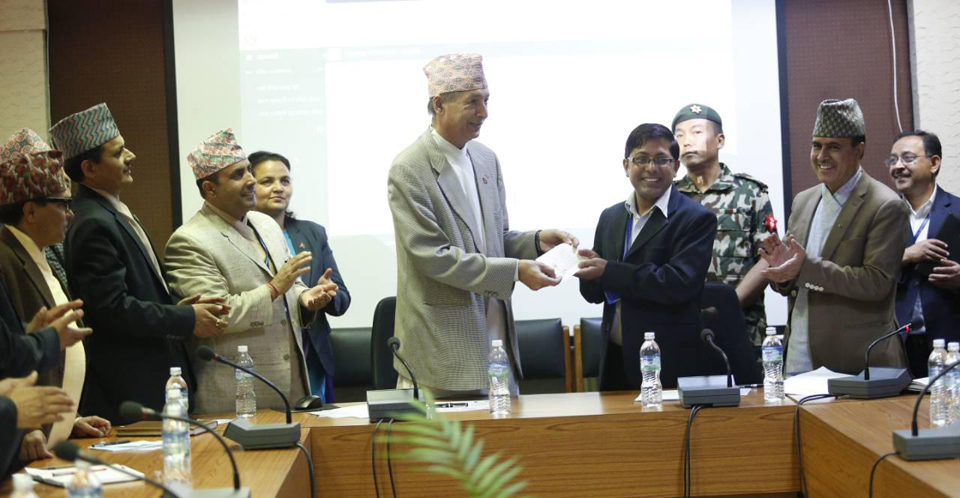
You May Like This

NEA launches online bill payment system
KATHMANDU, Aug 21: Consumers can now pay their electricity bills through their mobile phones of personal computers. ... Read More...

Govt embracing e-Payment system from July 16
KATHMANDU, June 26: Government offices in Kathmandu Valley are adopting electronic bill payment system from July 16. ... Read More...

Govt launches NTIS 2016
KATHMANDU, Sept 30: The government has launched the revised Nepal Trade Integration Strategy (NTIS), putting 12 sectors in priority. ... Read More...


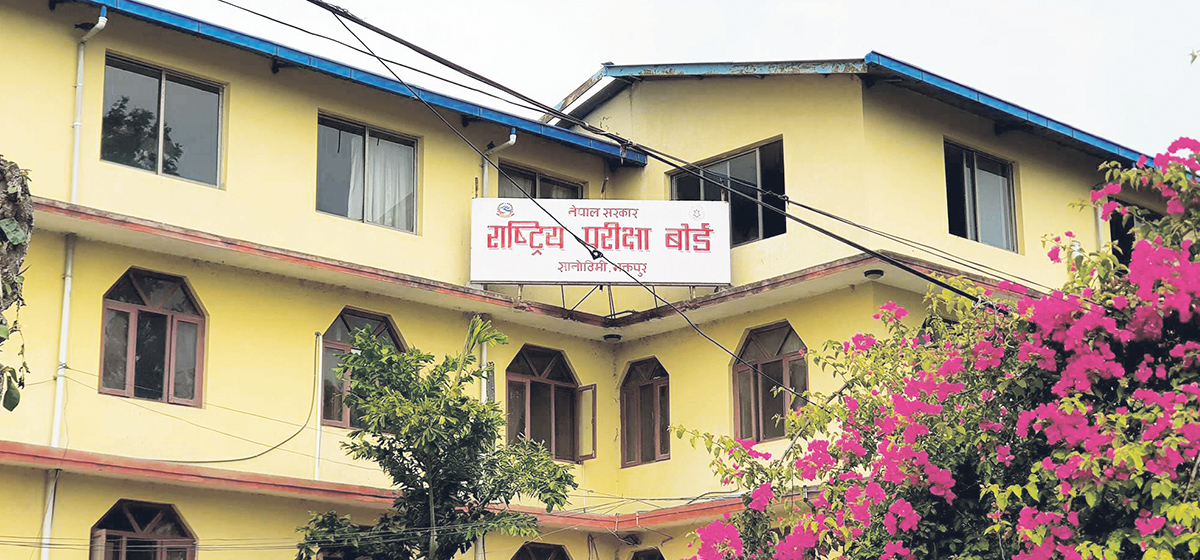
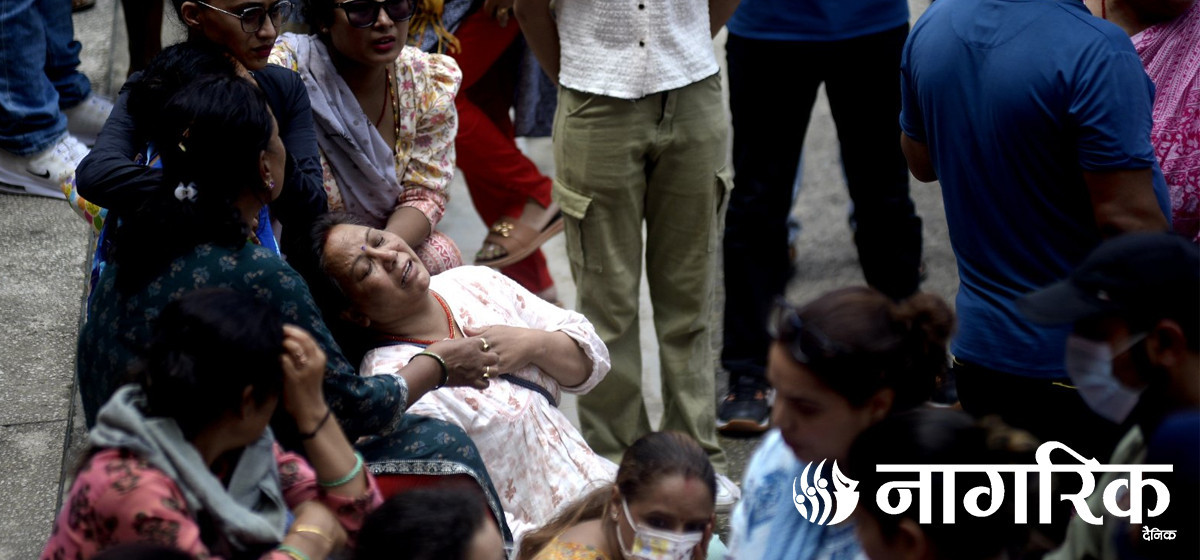

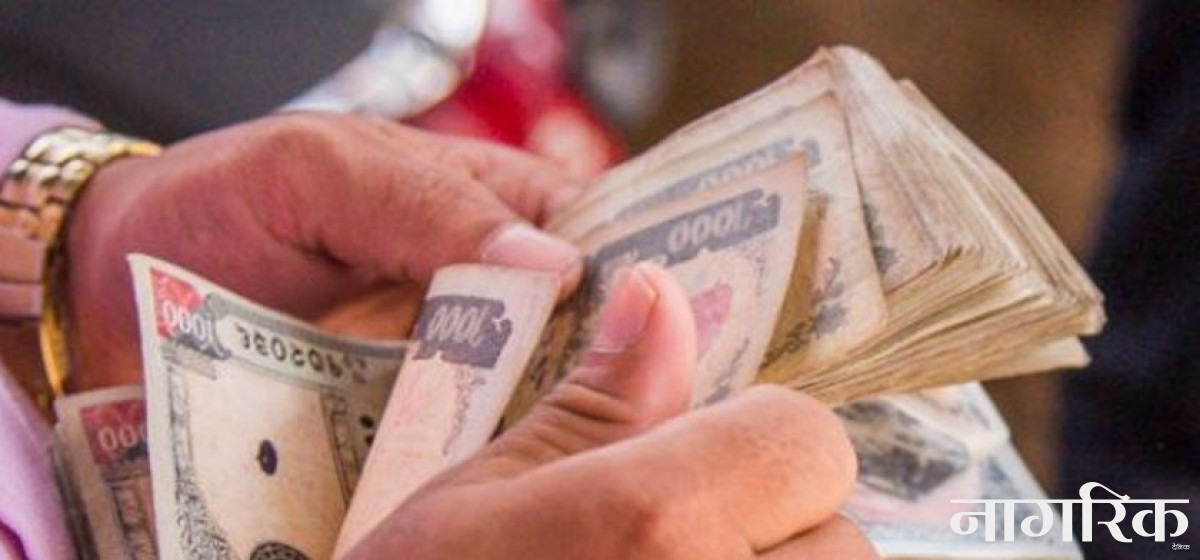
Just In
- Challenges Confronting the New Coalition
- NRB introduces cautiously flexible measures to address ongoing slowdown in various economic sectors
- Forced Covid-19 cremations: is it too late for redemption?
- NRB to provide collateral-free loans to foreign employment seekers
- NEB to publish Grade 12 results next week
- Body handover begins; Relatives remain dissatisfied with insurance, compensation amount
- NC defers its plan to join Koshi govt
- NRB to review microfinance loan interest rate



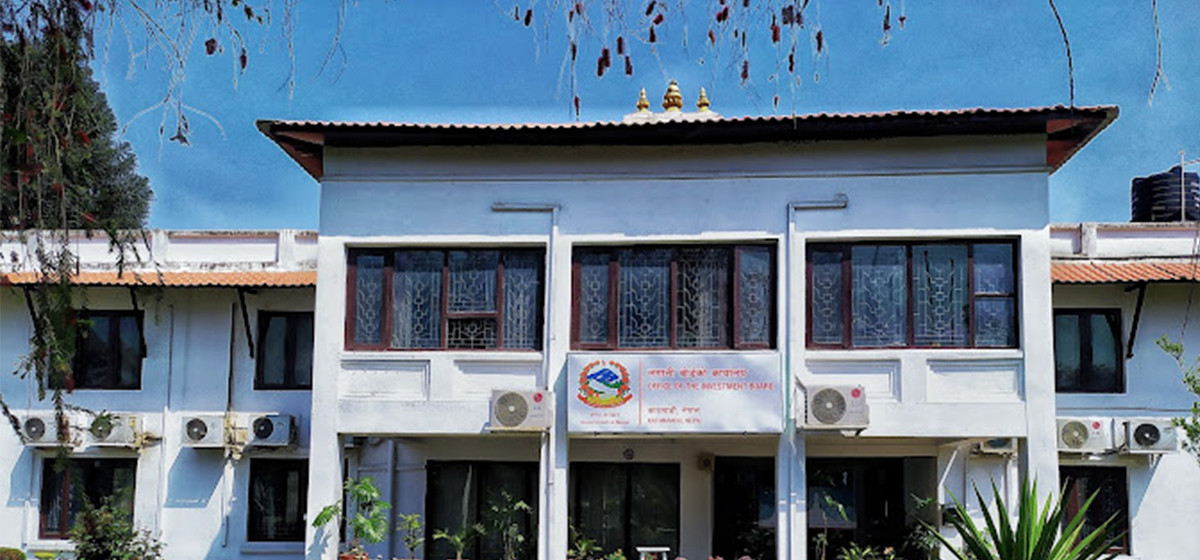
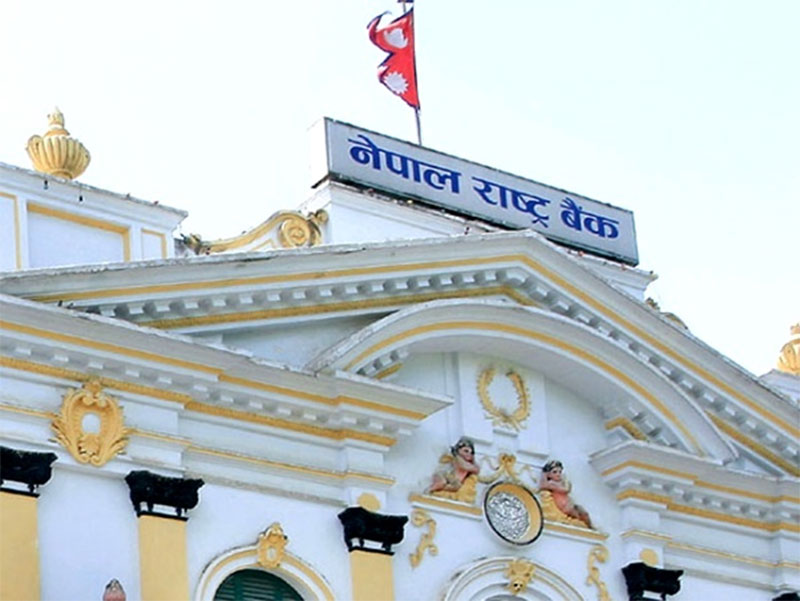

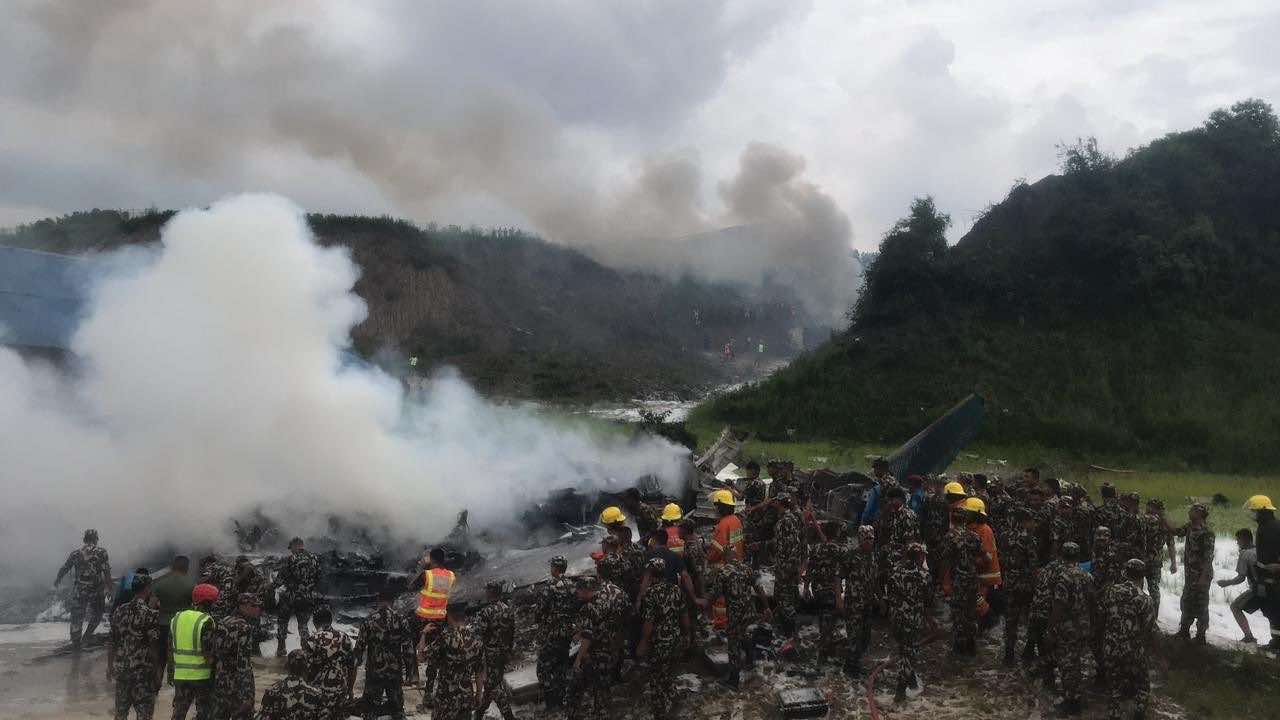


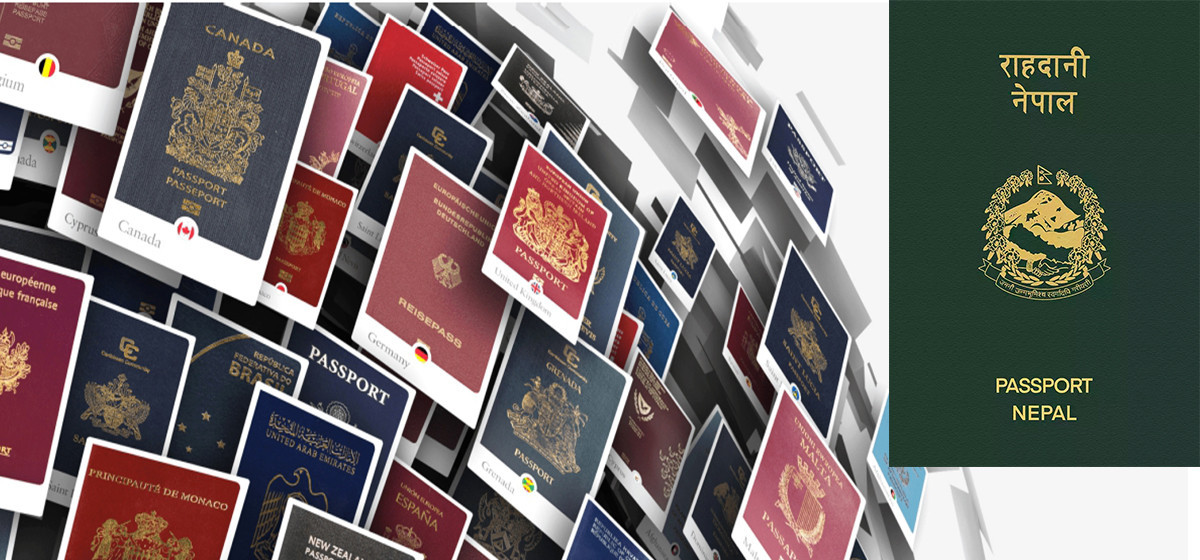
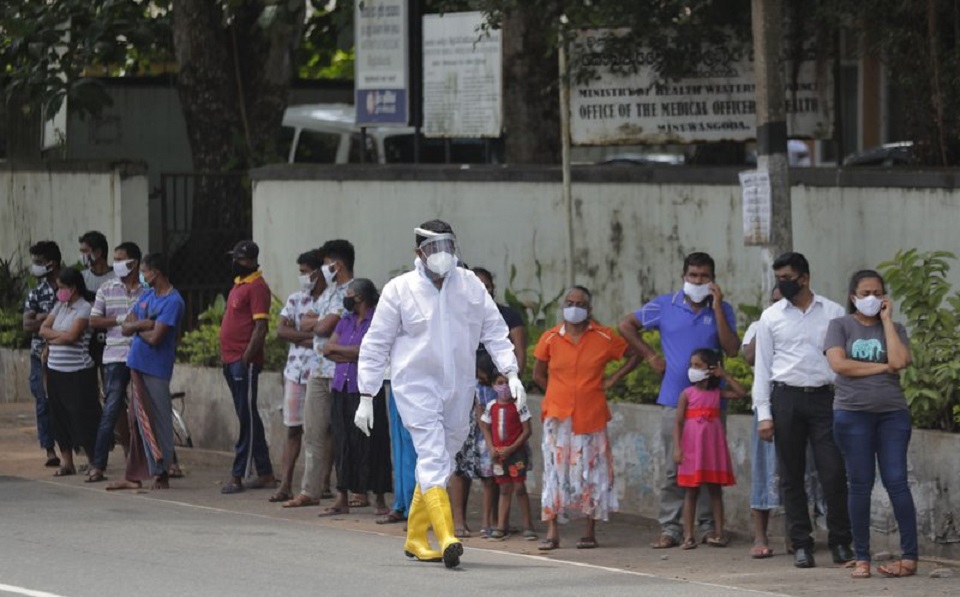
Leave A Comment